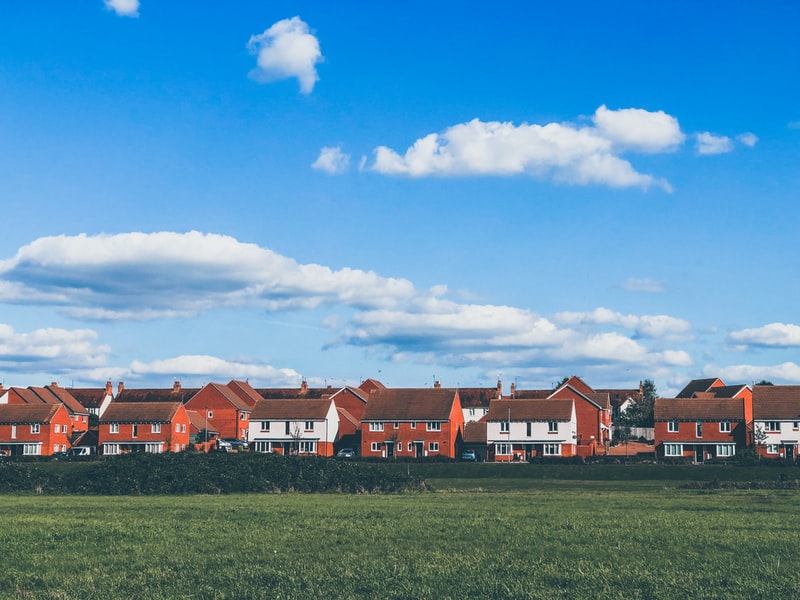As world leaders prepare to gather in Glasgow for COP 26 to discuss co-ordinated action on climate change, Herefordshire leaders have agreed exemplary new standards that will revolutionise housing in the county.
Herefordshire Future Homes aims to set standards for net zero carbon homes developed by the council, and its partners across the county and is aimed at all stakeholders involved in housing. Coalition councillors met last week to discuss how low energy homes would drive net zero carbon development in the region, create new jobs and skills, and support the local economy while building homes for those who need them would enable communities to flourish for years to come without trapping them in fuel poverty by reducing energy supply needs.
Coun Ellie Chowns (Green Party) welcomed the initiative to develop passive houses in Herefordshire saying: ‘This signals our ambition to make real the concept of net zero affordable housing and how we will do that.’
‘We know that new buildings have got to be net zero carbon – we’ve already got 85000 old homes in Herefordshire and retrofitting them to zero carbon standard is a massive challenge, we shouldn’t be adding to the housing stock by building new buildings that will need retrofitting down the line. This is about putting our policy where our mouth is and committing to zero carbon standards.’
Herefordshire Future Homes ambitions will ensure healthy, warm homes for residents – eliminating cold, mould and damp in healthy neighbourhoods with space for children to play, space for nature, and the provision of sustainable transport options. Proposals include One Planet Living frameworks designed to help people live well with the resources of the one planet we have. It has been used over twenty years in both public and private sector housing and elsewhere, and is aligned with the United Nations Sustainable Development Goals
Coun Felicity Norman welcomed the proposals and said: ‘We absolutely need to provide quality housing that will help to ensure that our communities are healthier.’
Advisor John Christophers, from Zero Carbon House, told councillors that there was a policy vacuum in the UK at the moment but that Herefordshire was not alone in wanting to set higher standards for housing. Citing examples in Norwich, Exeter and Norwich, Mr Christophers said that as these standards became embedded in contractors minds the cost differentials would minimise and zero carbon housing would become the new norm.
Springfield Meadows in Oxford is an example of Herefordshire’s housing ambitions. Designed to help residents lead happier and healthier lives with a minimal carbon footprint, the development engages with nature and creates a strong sense of community. It is a mixed development of 23 affordable and for-sale homes, built ‘tenure-blind’ to the same high standards throughout. The homes are built using local labour and natural materials with 90% reduction in embodied carbon emissions. All homes are zero carbon in operation, with solar panels and connection to green power for any surplus demand. A car-club operates with electric vehicles. Residents benefit from large gardens, giving the opportunity to grow their own food, a central green space to enjoy as a community, a wildlife pond, a community orchard, and herb garden.
Homes account for over 26% of Herefordshire’s carbon emissions, and have increased by more than a quarter over the past twelve years.




